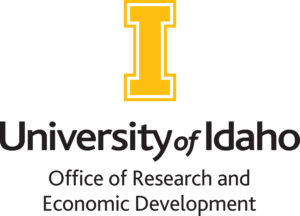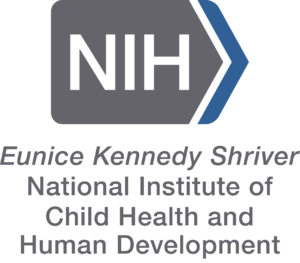Early Feeding Exposures & Neurodevelopment
Exclusive human milk feeding is associated with better neurodevelopmental outcomes during school ages, as well as larger brain volume using MRI, compared with infant formula. However, direct mechanistic investigations are often not possible since taking intestinal and brain samples from humans cannot be ethically justified.
The swine model is most suitable for studying the gastrointestinal (GI) tract, immune system and neurocognitive development due to its highest homology to humans compared with other non-primate models. We have built the Piglet Intervention Center (PInC™) as a dedicated facility for using neonatal piglets as a model to study impacts of nutrition interventions on human development and health.
The Piglet Intervention Center (PInC™)
The Piglet Intervention Center (PInC™) is a facility on the University of Idaho Moscow campus dedicated to using neonatal piglets as a model to study impacts of nutrition interventions on the gastrointestinal (GI) tract, microbiome, immune system and neurocognitive development of neonatal mammals.
Rearing Cages
Individual expandable rearing cages.
Novel Objective Recognition
Novel Objective Recognition arena to assess functional neurocognitive development.
Ussing Chambers
Ussing chambers to determine intestinal barrier function and nutrient absorption.
Downstream Analyses
Combined molecular and ‘omics techniques to study specific mechanisms involved in intestinal growth and development, barrier function, immune function/development and neurodevelopment.
Funding Sources

ASPEN Rhoads Research Foundation
ASPEN Rhoads Research Foundation: Reckitt/Mead Johnson Nutrition Research Grant

U of I Office of Research and Economic Development (ORED)
U of I Office of Research and Economic Development (ORED), internal funding program: Operation Resubmission Success

NIH NICHD
Funded by a grant from the National Institute of Child Health and Development of the National Institutes of Health: #1R56HD113572-01